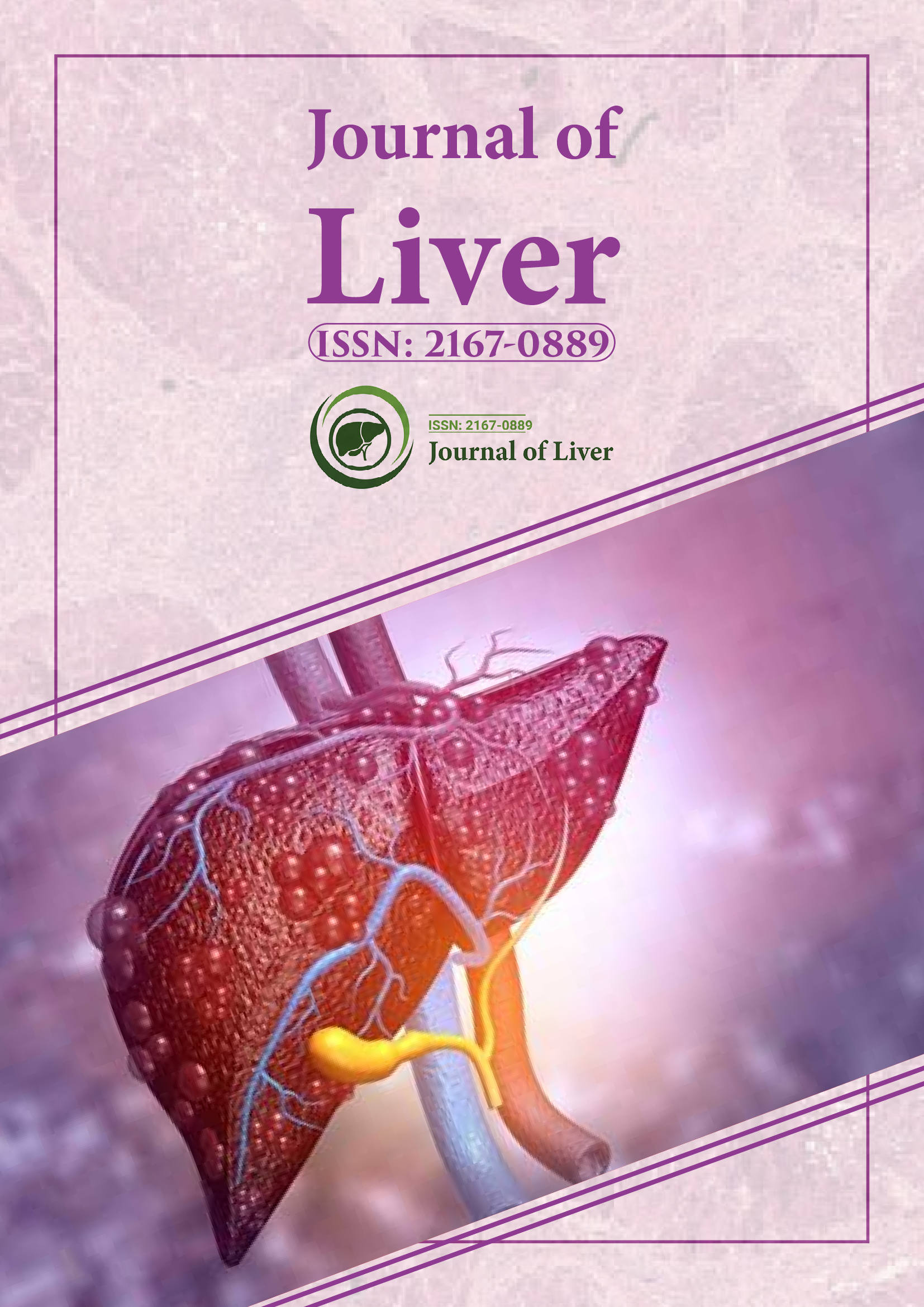Indexed In
- Open J Gate
- Genamics JournalSeek
- Academic Keys
- RefSeek
- Hamdard University
- EBSCO A-Z
- OCLC- WorldCat
- Publons
- Geneva Foundation for Medical Education and Research
- Google Scholar
Useful Links
Share This Page
Journal Flyer

Open Access Journals
- Agri and Aquaculture
- Biochemistry
- Bioinformatics & Systems Biology
- Business & Management
- Chemistry
- Clinical Sciences
- Engineering
- Food & Nutrition
- General Science
- Genetics & Molecular Biology
- Immunology & Microbiology
- Medical Sciences
- Neuroscience & Psychology
- Nursing & Health Care
- Pharmaceutical Sciences
Abstract
Increased Serum Levels of Oxidative Stress Markers in Patients with Liver Steatosis
Maria Notarnicola, Valeria Tutino, Alberto R Osella, Caterina Bonfiglio, Vito Guerra and Maria Gabriella Caruso
Background: Several studies have suggested that oxidative stress could play a role in the pathogenesis of nonalcoholic fatty liver disease and more precisely in the transition between simple fatty liver and steatohepatitis.
Aim: This study aims to investigate if circulating levels of oxidative stress markers could be clinically associated with liver steatosis.
Materials and methods: We present data obtained from a subsample of 70 subjects with liver steatosis enrolled by a nutritional trial, called NUTRIEPA study. Serum levels of oxidative stress markers were evaluated by ELISA assay. The diagnosis and the degree of liver steatosis were based on laboratory and ecographic measurements. Statistical methods included Kruskal-Wallis analysis of variance and, Wilcoxon signed-rank or Mann-Whitney test, where appropriate. The χ2 test has been performed to analyze categorical variables.
Results: The subjects with severe or moderate steatosis had significantly higher serum levels of oxidative stress markers compared to subjects without steatosis. Conclusions: Increased serum levels of oxidative stress markers could be considered a marker of moderate and severe liver steatosis.
